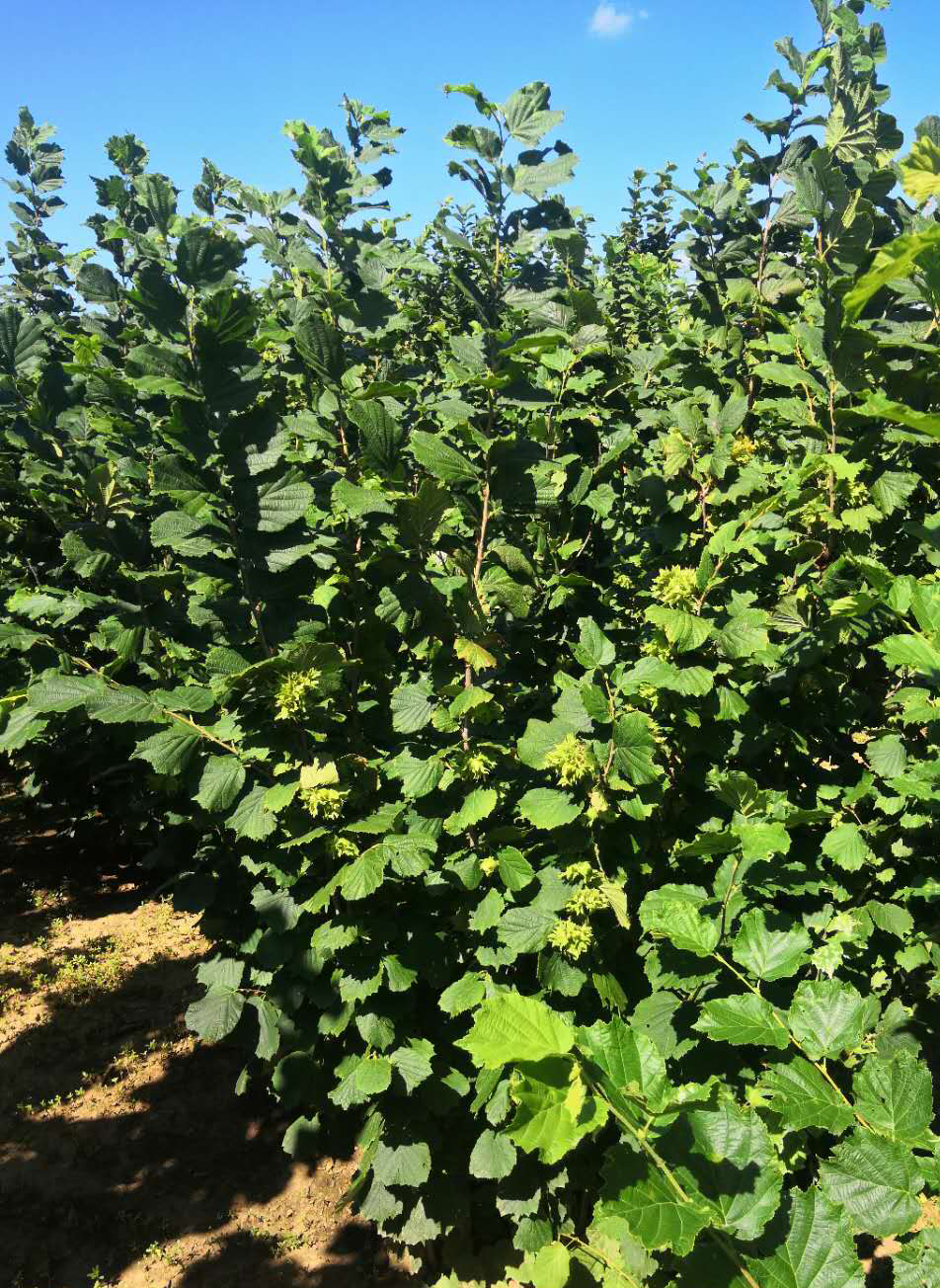 PDF(1392 KB)
PDF(1392 KB)


GC-MS detection of pesticide residues in the hazelnut and dietary risk assessment
ZHANG Xingzheng, LI Xinyu, CHENG Yunqing, LIU Jianfeng
Journal of Nanjing Forestry University (Natural Sciences Edition) ›› 2021, Vol. 45 ›› Issue (2) : 213-219.
 PDF(1392 KB)
PDF(1392 KB)
 PDF(1392 KB)
PDF(1392 KB)
GC-MS detection of pesticide residues in the hazelnut and dietary risk assessment
【Objective】Pesticide residues in the kernels, shells and leaves of hazel and soil from hazel orchards were detected, and health risk assessment of hazel kernel consumption was performed. 【Method】In 10 regions of Liaoning and Jilin, 26 hazel nut, 21 leaf and 21 soil samples were collected from 26 artificial hazelnut orchards. The residue levels of nine organophosphorus compounds (organophosphates, OPs), two organochlorine compounds (organochlorines, OCs) and eight pyrethroids (PYs) were determined with GC-MS, followed by the acute/short-term consumer health index (aHI), hazard quotient (HQ) and cumulative hazard index (cHI) calculation of kernel consumption for consumer health risk assessment. 【Result】Among all 94 samples tested, pesticide residues were detected in 45 samples, and 29 samples had pesticide residue levels higher than the maximum residue limits (MRLs). Among the 26 kernel samples, 26.90% contained more than two types of pesticide residues, and 11.54% contained more than five types of pesticide residues, 19.23% of which were higher than the MRLs of China. In all tested samples, 13 pesticides were found. The highest aHI for short-term risk assessment was 2.45%; the highest HQ for long-term risk assessment was 5.50%. The kernel cumulative risks of OPs, OCs and PYs were 7.98%, 0.08% and 2.07%, respectively. 【Conclusion】Although several pesticide residues were detected in hazel orchards, the levels were not high. Collectively, there are some pesticide residues in hazelnuts (13 types); however, their aHI and cHI have small values that represent lower health risks to consumers.

hazelnut / pesticide / residue / GC-MS / risk assessment
| [1] |
|
| [2] |
|
| [3] |
|
| [4] |
|
| [5] |
|
| [6] |
|
| [7] |
|
| [8] |
刘剑锋, 张彧楚, 刘挺, 等. 榛实象甲高致病力菌株筛选及侵染过程的显微观察[J]. 北京林业大学学报, 2017,39(3):32-37.
|
| [9] |
胡跃华. 榛黄达瘿蚊生物学特性及防治措施[J]. 林业实用技术, 2011(10):37-38.
|
| [10] |
梁国儒, 胡跃华, 赵博文, 等. 榛黄达瘿蚊生物生态学特性与种群动态研究[J]. 辽宁林业科技, 2017(2):25-27.
|
| [11] |
|
| [12] |
|
| [13] |
|
| [14] |
国家卫生和计划生育委员会, 农业部, 国家食品药品监督管理总局. 食品安全国家标准粮谷中475种农药及相关化学品残留量的测定气相色谱-质谱法 GB 23200.9—2016[S]. 北京: 中国标准出版社, 2017.
|
| [15] |
|
| [16] |
兰丰, 刘传德, 周先学, 等. 山东省主产区苹果农药残留水平及累积急性膳食摄入风险评估[J]. 食品安全质量检测学报, 2015,6(7):2595-2602.
|
| [17] |
|
| [18] |
World Health Organization. Inventory of evaluations performed by the Joint Meeting on Pesticide Residues (JMPR) [DB/OL]. [2014-01-16] http://apps.who.int/pesticide-residues-jmpr-database
|
| [19] |
|
| [20] |
中国营养学会. 中国居民膳食营养素参考摄入量(2013)[M]. 北京: 科学出版社, 2014.
Chinese Nutrition Society. Dietary reference intakes for Chinese(2013)[M]. Beijing: Science Press, 2014.
|
/
| 〈 |
|
〉 |